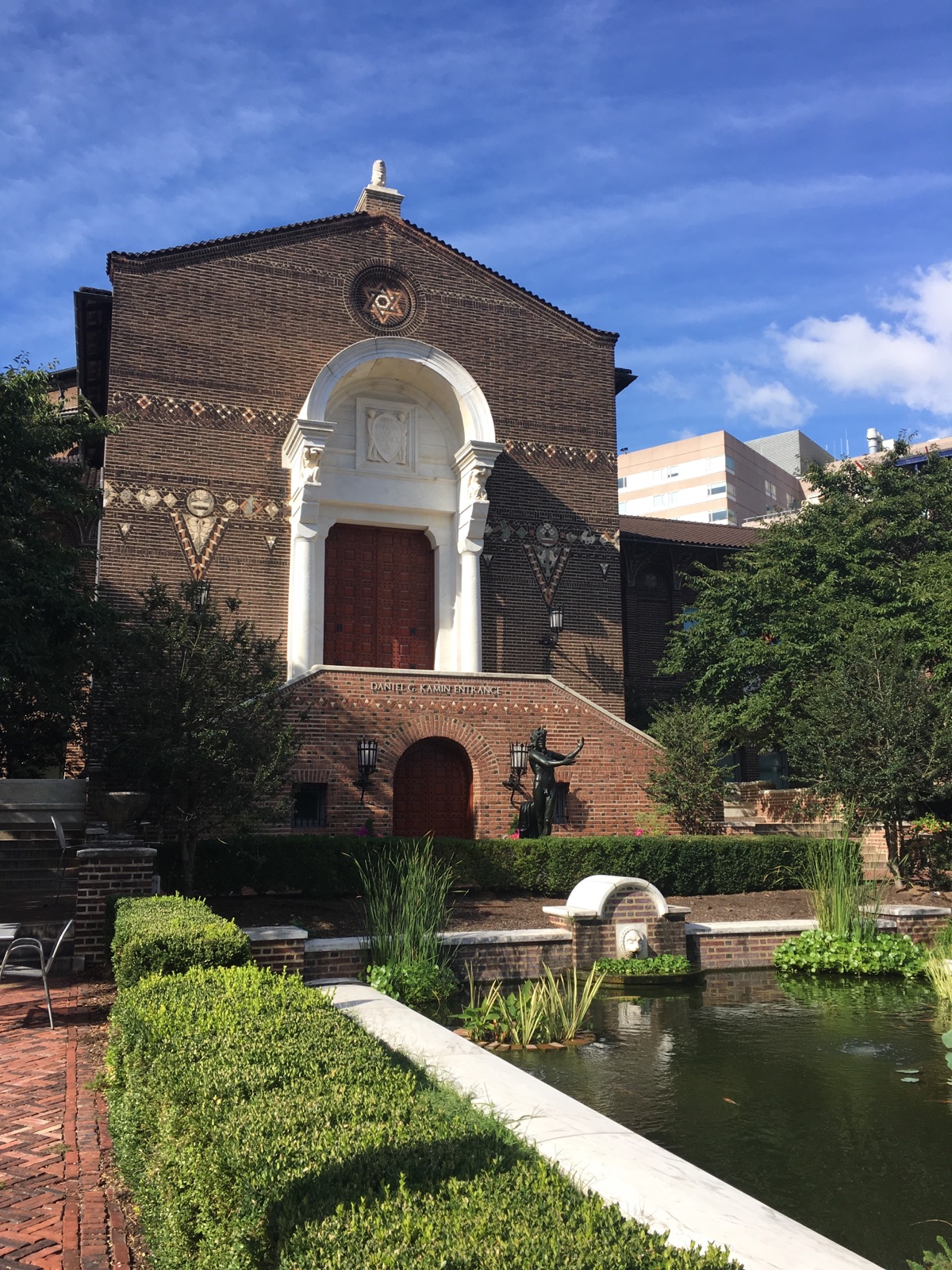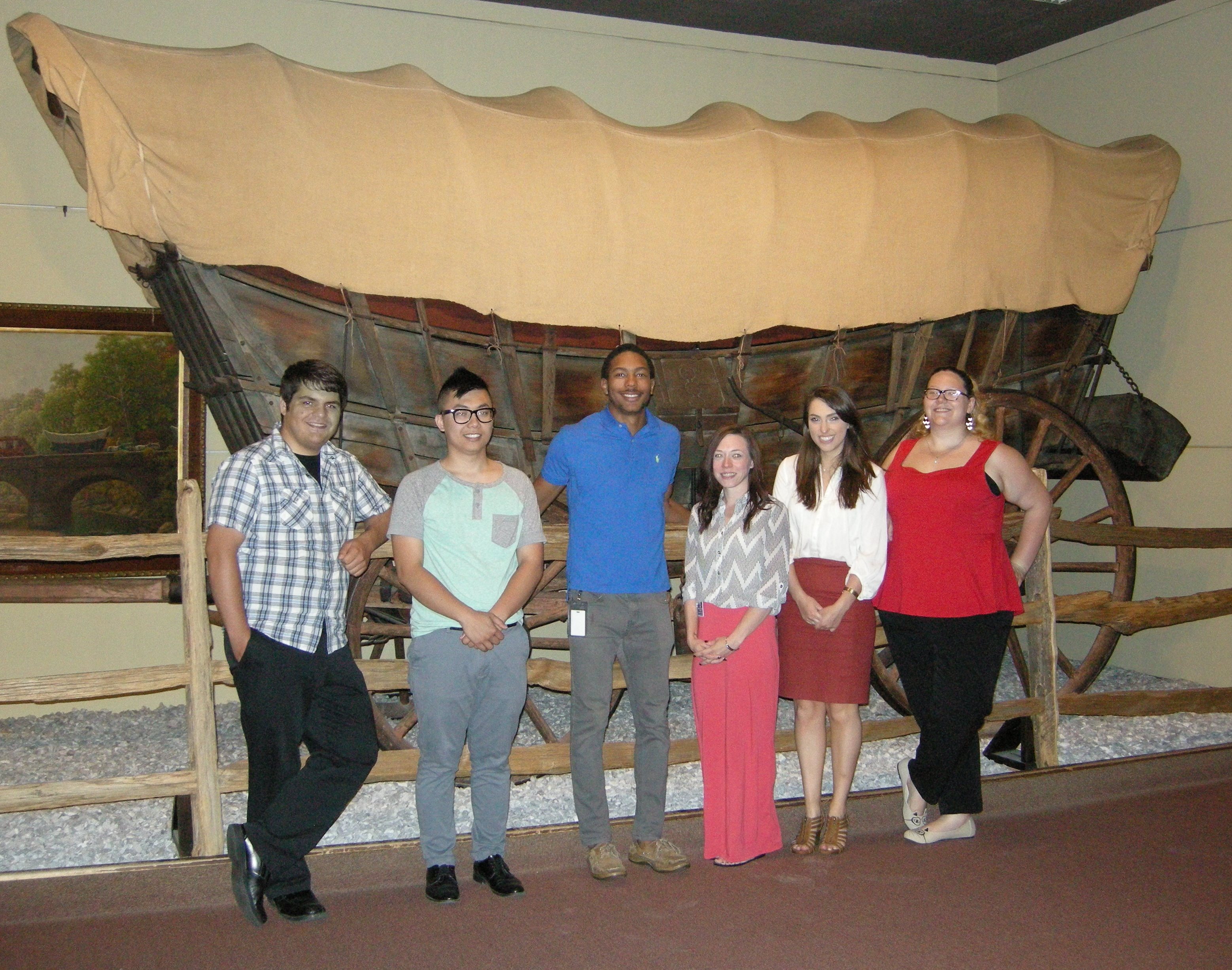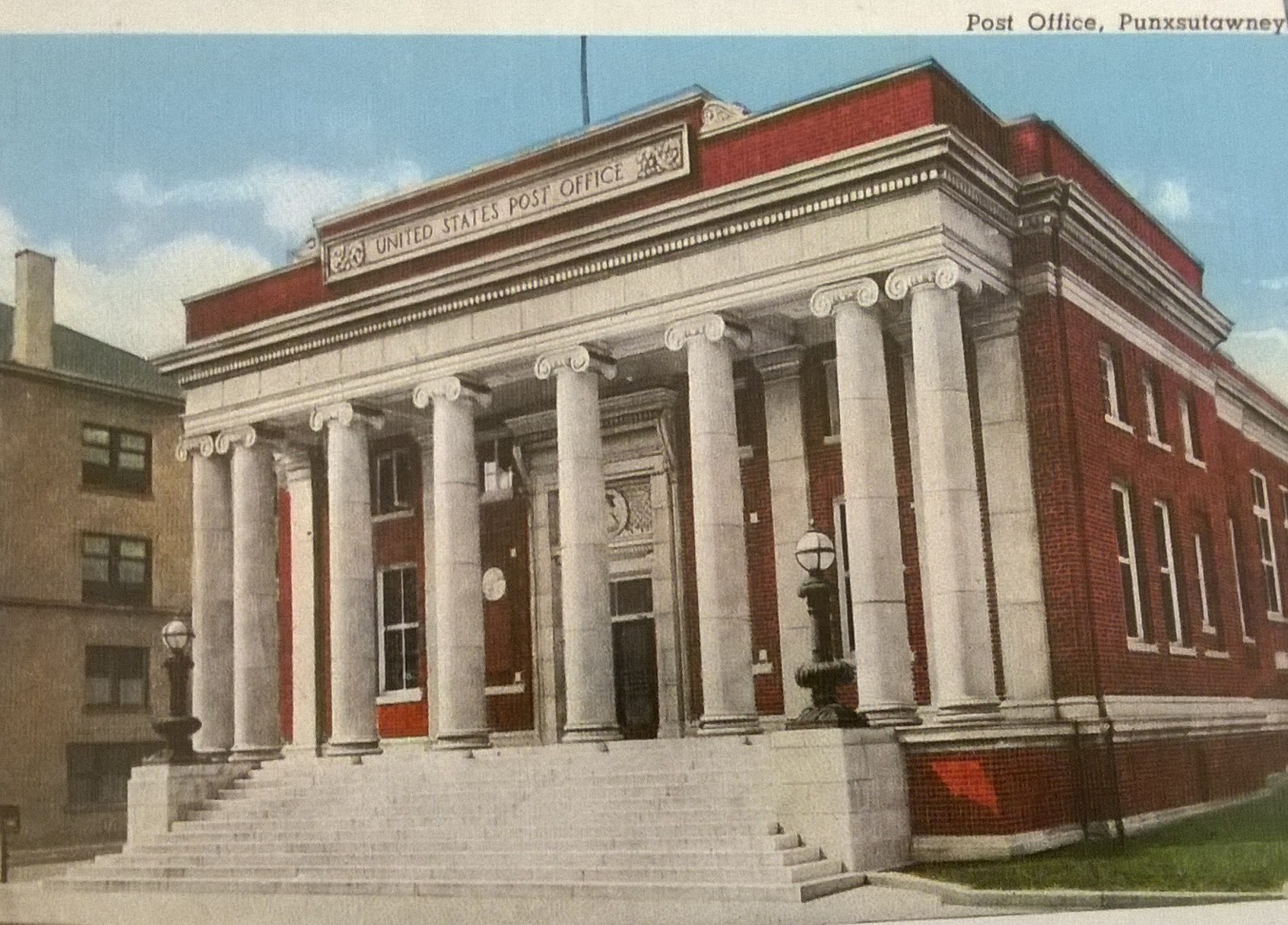When I realized that October is Archaeology Month, I thought it would be a great opportunity to share my first trip to the University of Pennsylvania Museum of Archaeology and Anthropology, the university’s world renowned archaeology museum.

Blog of the Pennsylvania State Historic Preservation Office
Pamela Wolf Reilly is a Historic Preservation Specialist in the Pennsylvania Historic Preservation Office in Harrisburg. She holds a BA in Art and Sociology from Bucknell University and a MA in Historic Preservation from George Washington University. Pamela is an architectural historian who admits to being a bit of a pushover for buildings with a pretty facade. She also has a special interest in vernacular architecture.

When I realized that October is Archaeology Month, I thought it would be a great opportunity to share my first trip to the University of Pennsylvania Museum of Archaeology and Anthropology, the university’s world renowned archaeology museum.

The warm days of summer almost always mean that the PA SHPO has a new group of interns on board and a number of special projects underway. That is certainly true for summer 2016 as new faces and new ideas brighten our cubicle world in the Commonwealth Keystone Building. This year we are hosting two PHMC Keystone interns, four collaborative PA SHPO/PennDOT cultural resource interns and three short-term project employees. Continue reading

While Punxsutawney, Jefferson County is best known as the home of a renowned weather forecasting groundhog, it is also a community of notable historic buildings, including the grand Classical Revival style US Post Office. With all this great weather we’ve been having, it looks like that famous groundhog got it right this year with his “early spring” prediction!
When I discovered the fabulously whimsical and colorful mosaic murals along the 1000 block of South Street in Philadelphia, I had no idea this outpouring of creativity was actually part of a fascinating preservation story. Visually, the neighborhood is delightful surprise, a colorful, mysterious and enigmatic world of unexpected images, embedded in the physical structure of the buildings. While the artwork is fun and engaging, it is also much more. It is physical evidence of the power of people to reclaim and reinvent their communities and redirect the forces of change that threaten them. Continue reading
Who doesn’t love a Bungalow? This charming cottage-like dwelling was America’s favorite small house at the turn of the 20th century and was most popular between 1900 and 1930. Some view Bungalows as the embodiment of “home” — intentionally designed as a cozy and welcoming house form with a prominent front porch and chimney. It was even romanticized in songs of that period by Irving Berlin and others. In his 1925 lyrics Berlin described “A little bungalow, an hour or so from anywhere. A little cozy nest, the kind that’s best for two. Among the shady trees, with birds and bees and lots of air.” No wonder the popularity of Bungalows spread quickly across the country. What exactly is a Bungalow house and where did the design come from? Continue reading
The PA SHPO provides opportunities for interested college students to work as interns in our office throughout the year, but summer always brings a crop of fresh faces. Our summer interns are participants in either the PHMC Keystone Internship Program or the PENNDOT sponsored summer internship program in cultural resource management. Continue reading

Many of Pennsylvania’s communities face the challenging task of adapting to a vastly different economic climate than the one that led to their historic growth and development. This new economic reality of dramatically reduced population, deindustrialization and loss of tax base has resulted in historic downtowns and residential neighborhoods pockmarked by disinvestment and vacant properties. Abandoned, demolished or marginally repurposed historic churches, schools and factories are especially vivid reminders of changing times and the large social and economic forces at work. Continue reading
Summer usually finds the PA SHPO full of interns from both the PHMC Keystone Internship Program and the PENNDOT summer internship program for non-engineering majors and this year that is especially true. Continue reading
As preservationists from all over the country converge in Philadelphia this summer for Forum 2014 it is only appropriate to highlight the fabulous and historic food venue that will host the conference reception on July 18th—the Reading Terminal Market. The Market itself is a real preservation success story. It is a landmark building (recognized as a NPS National Historic Landmark since 1976 and documented as an engineering marvel by the Historic American Engineering Record ) with its own storied history which has survived challenging and uncertain times to delight a new generation of Philadelphians and visitors. Continue reading
As an architectural historian and preservationist I have been trained to think about historic buildings and neighborhoods in a fairly focused way. Changes to old buildings should be sympathetic to the structure’s original design and be appropriate in terms in size, scale, materials and decorative details. Continue reading
© 2025 Pennsylvania Historic Preservation
Theme by Anders Noren — Up ↑
Recent Comments